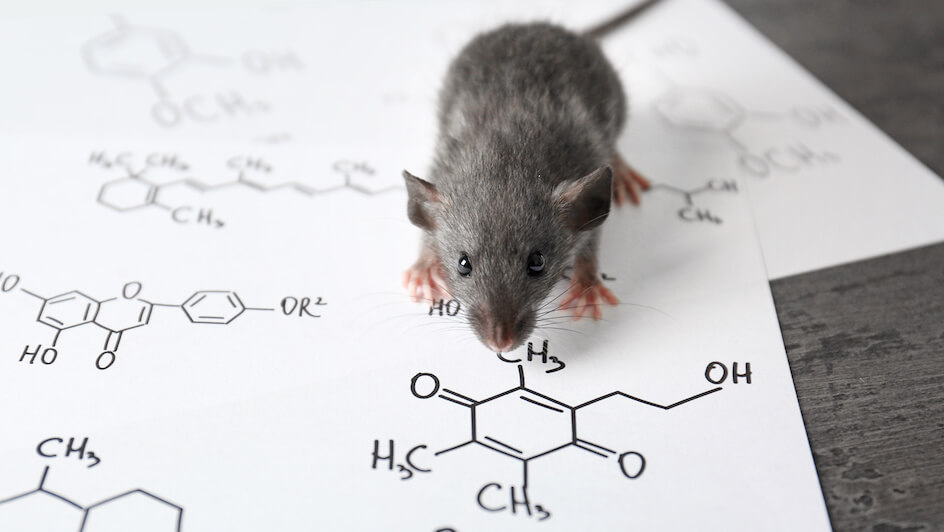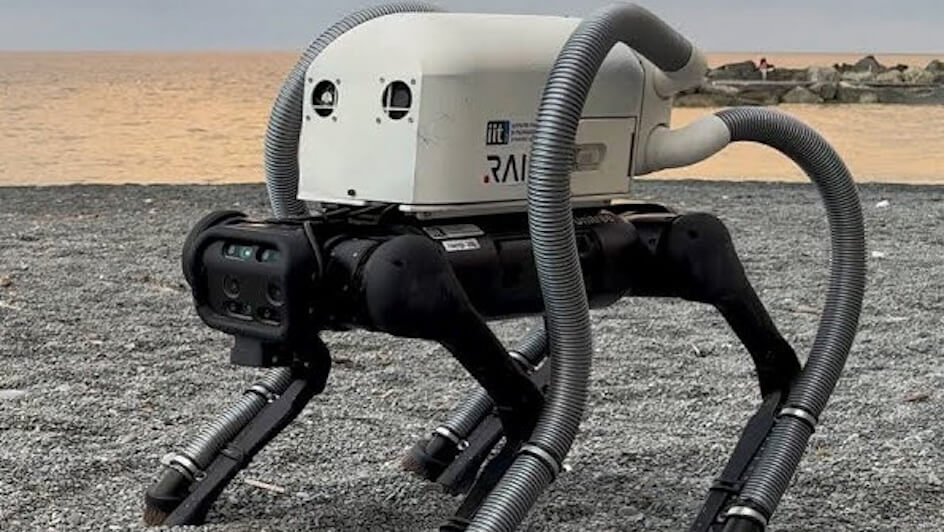Paralysed Mice Walk Again after Experimental Gene Therapy

Researchers from Ruhr-University Bochum (RUB) may have discovered the key to healing spinal cord injuries through an experimental method that has restored movement in afflicted mice.
Complete spinal cord injury (SCI) is caused by either injury or disease, resulting in para- or quadriplegia. This means that people suffering from damage to the fibres in the spine – known as axons – typically live with numbness and paralysis.
The team at RUB have utilised a designer protein called hyper-interleukin-6 (hIL-6) as a gene therapy to allow the cells to communicate, and repair, SCI in mice.
The synthetic substance was injected directly into the brain of the tiny rodents, which soon started producing the required material enabling the central nervous system to allow movement.
The study’s author, Professor Dietmar Fischer, said:” Ultimately, this enabled the previously paralysed animals that received this treatment to start walking after two to three weeks.”
The hIL-6 research is still in its initial phases, but it signals a promising step in the right direction for curing paralysis in humans.



















